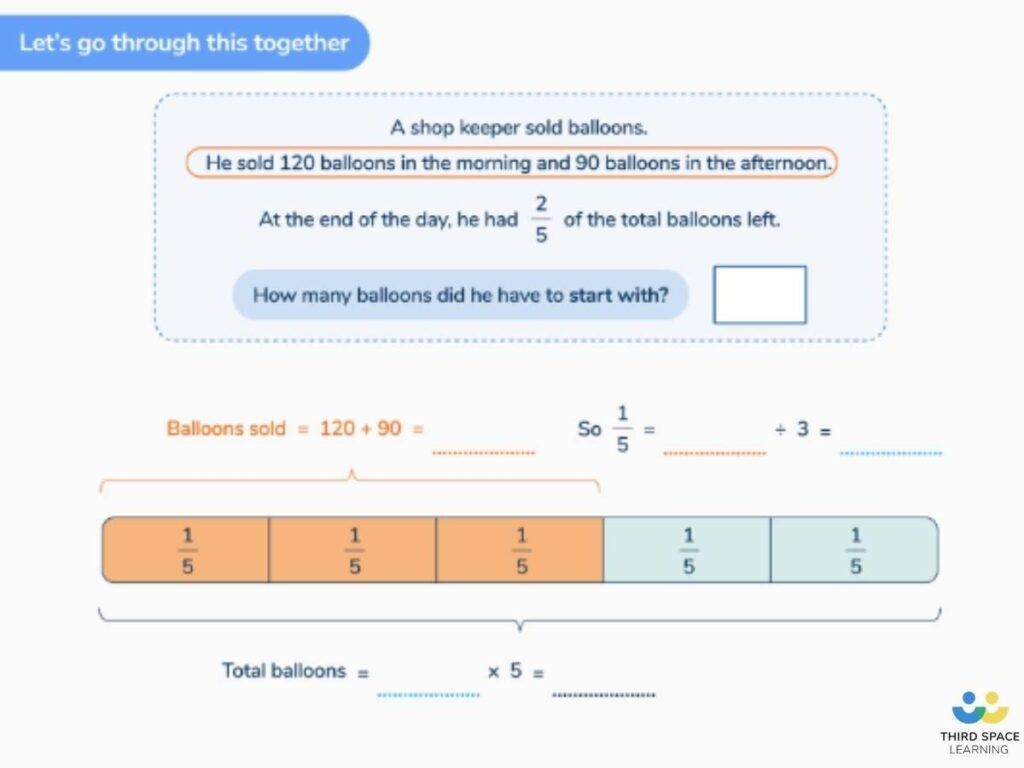5 Myths About Elementary Math Interventions
As a large provider of elementary 1-to-1 math intervention programs, we speak to hundreds of schools each week. Each has its own questions and misconceptions.
To help with the latter, we’re going through the 5 biggest math intervention myths and common misconceptions we hear on a daily basis, to better inform your practice.
- Misconception 1: ‘Elementary 1-to-1 math tutoring is expensive’
- Misconception 2: ‘1-to-1 is difficult to organize in my elementary school’
- Misconception 3: ‘I’ll use a TA for informal elementary math intervention’
- Misconception 4: ‘I’ll conduct small group elementary math interventions, instead’
- Misconception 5: ‘External intervention providers won’t know my elementary math policy’
What the educational research says about 1-to-1 interventions for elementary schools
The notion that 1-to-1 is an effective way to provide quality math instruction tailored to the needs of individual students is neither new nor unfounded.
Teachers know that if they could sit down 1-to-1 with a student in their class for an hour of direct instruction as an elementary school intervention, they would progress much quicker than in a class of 30.
Of course, 1-to-1 is not a perfect medium of math learning. There’s always the risk of providing too much intensive intervention and facilitating “learned helplessness”, but if done right these problems can be avoided.
Still, you shouldn’t just take our word for it. There’s plenty of evidence-based research studies that show how 1-to-1 tutoring is an especially effective form of intervention.
Three recent evaluations of 1-to-1 tutoring, found average impacts of between three and five months additional math achievement and progress in 12 weeks.
For students who are behind their peers, 1-to-1 tutoring can help them to catch up to grade level far quicker than they could in a classroom setting.
According to the Education Endowment Foundation, the evidence to back this up is ‘consistent and strong […] particularly for younger learners who are behind their peers in elementary schools for subjects like reading and Mathematics’.
Specific, targeted 1-to-1 interventions, such as our intervention program have clear benefits:
- They make it easier to diagnose missing pieces of mathematical knowledge, target and address those specific gaps in students’ learning
- They offer more flexibility to adjust the pitch and pace to the needs of the student
- There is more opportunity for the student to talk through their mathematical conceptual understanding
- They develop problem-solving and reasoning at each stage of learning
- They make it possible to design specific questions and activities in line with the student’s interests
- They allow you to gain a clearer insight into the student’s competencies during the lesson
- They build confidence for the student in a low pressure environment
- They can be more carefully tailored to the needs of students with learning disabilities or special education needs
Yet, many schools do not have 1-to-1 intervention – so what’s happening? While the resources and provisions available in your school are contextual, we often hear several “misconceptions” about 1-to-1 that stop teaching staff from introducing one of the best forms of intervention in their school.
To this end, we’ve created a breakdown of the five main misconceptions about 1-to-1 intervention. If you’re a fan of 1-to-1 but don’t have it in your school, this is a great one to send to your principal or purchaser!
Misconception 1: ‘Elementary 1-to-1 math tutoring is expensive’
The biggest concern most have over 1-to-1 is affordability. We know you can be charged up to $250 an hour or more for 1-to-1 tutoring with ten students, which is not cheap by any standard. Yet there are alternatives options.
For instance, we provide 1-to-1 math intervention online, meaning we can dramatically cut the cost and can be sustained affordably throughout the school year.

In fact, our lessons cost significantly less, while maintaining high quality mathematics instruction. To quote a recent interview with a principal, “to take a child out of a lesson with the teacher, the intervention has to be better than the learning in class.
Having 18 children doing a Third Space session at the same time was more cost-effective than hiring a mid-range teacher for a day a week to work with individual students”.
If your school is on a budget, look around for alternative forms of tutoring. Technology has come a long way and providers can now offer good quality tutoring for less than ever before.
Misconception 2: ‘1-to-1 is difficult to organize in my elementary school’
Understandably, the next concern that we hear from schools is time constraints. We often hear from teachers that ‘there just isn’t time to organize 1-to-1 in their school.’ After all, it is probably the most valuable asset of any teacher and (sadly) quite scarce.
However, if your research based mathematics intervention is an external 1-to-1 provider, it will keep your teachers free to do what they do best.
A good provider will be aware of how precious time is to a teacher. This is why teachers who use Third Space Learning 1-to-1 tutoring can select target students, choose their lessons and a time slot in as little as ten minutes. In short, they can organize a minimum of 10 hours teaching time per week in just ten minutes.
In addition, Third Space Learning provides progress monitoring reports for each student so teachers can keep track of their progress.
Misconception 3: ‘I’ll use a TA for informal elementary math intervention’
Unsurprisingly, when we speak to schools many leave interventions to their teaching assistants. While TAs can have a huge impact on learning for many students, research-based evidence is building to suggest this might not be the best use of their time or bring about the best response to intervention.
TAs may only be successful in interventions when they are ‘thoroughly trained, work closely with class teachers [and] have good subject knowledge’.
Plus, for TAs delivering interventions, NCTEM research demonstrated that CPD is a real need. It also showed that when delivering interventions, TAs often feel ‘under-confident’ from the start.
Without a coordinated effort between senior administration and staff to provide TAs with subject knowledge and training, they are not necessarily the right person to deliver effective math interventions.
Misconception 4: ‘I’ll conduct small group elementary math interventions, instead’
Some schools opt in favor of teaching students in small groups, usually due to budget. While you can group 3 or 4 students with similar targets together, students still work at different paces.
This can limit their progress throughout the session. Plus, in a group environment making mistakes can be just as daunting as in a classroom.
Furthermore, the EEF report on interventions showed that small group interventions offer an average of 3 months progress, as opposed to the five you may see with 1-to-1.
Misconception 5: ‘External intervention providers won’t know my elementary math policy’
Many schools worry that external intervention won’t align with their school’s math education policy. However, a good provider will have processes in place to adapt to your calculation policy, preferred teaching method, or scheme of work. Especially if your school takes a mastery approach to mathematics education.
As the largest provider of 1-to-1 math interventions in the UK and offering interventions in the USA, we are adept at adapting our personalized lessons to support your school’s math policy.
Ultimately, we recognize that implementing 1-to-1 in your school is down to context and a wide range of variables. However, if you were concerned about pricing, organization, or any of the above – we hope you come to realize that in many instances, these concerns can be overcome.
For our part, we work hard to make it possible for as many schools as possible to introduce cost-effective one-on-one low or high-dosage tutoring in their elementary, middle school and high school.
This is because we have seen the fantastic impact it can have on confidence, mathematics learning and attainment. Or as Millie, a fifth grade student puts it:
“My tutor understands when I don’t get things right. She helps me through at a steady pace and always believes I can do it :) “
Do you have students who need extra support in math?
Give your students more opportunities to consolidate learning and practice skills through personalized math tutoring with their own dedicated online math tutor.
Each student receives differentiated instruction designed to close their individual learning gaps, and scaffolded learning ensures every student learns at the right pace. Lessons are aligned with your state’s standards and assessments, plus you’ll receive regular reports every step of the way.
Personalized one-on-one math tutoring programs are available for:
– 2nd grade tutoring
– 3rd grade tutoring
– 4th grade tutoring
– 5th grade tutoring
– 6th grade tutoring
– 7th grade tutoring
– 8th grade tutoring
Why not learn more about how it works?
The content in this article was originally written by a former secondary teacher David Leighton and has since been revised and adapted for US schools by elementary math teacher Christi Kulesza.




